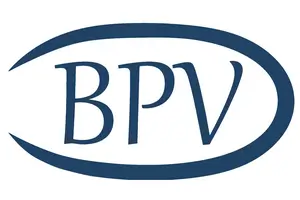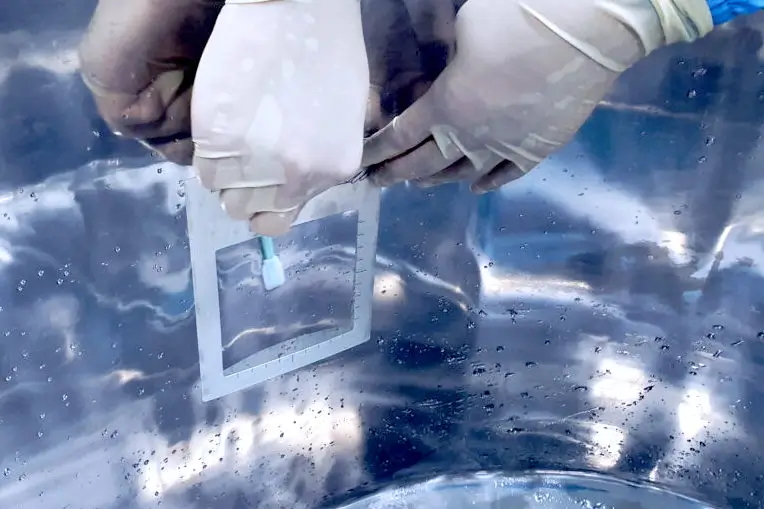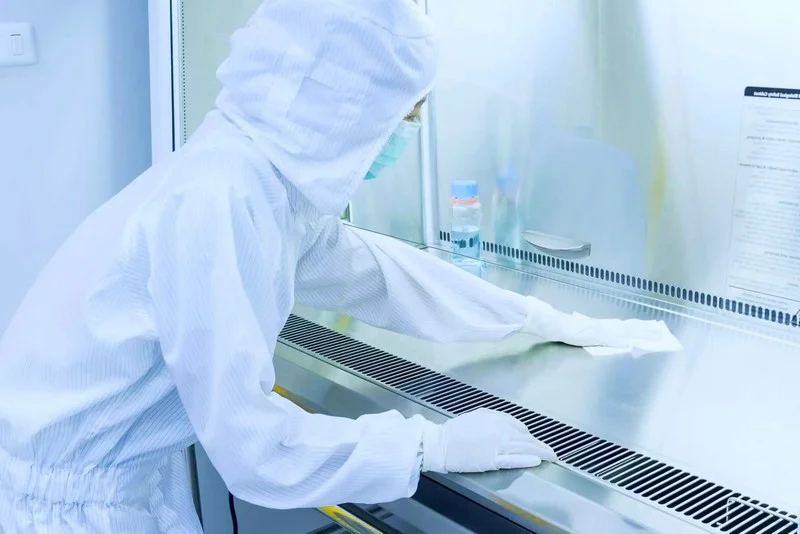Bio Products Validation Limited (BPV) is a Cleaning Validation provider, offering expert solutions to ensure regulatory compliance and patient safety in pharmaceutical manufacturing. As a trusted Cleaning Validation Consultant in the UK and Ireland, BPV understands the critical importance of effective cleaning procedures in the life sciences industry.
Cleaning Validation
Cleaning Validation is essential for quality assurance in pharmaceutical manufacturing, as it quantifies residues after cleaning manufacturing facilities and equipment to verify that the amount is below predetermined acceptable limits. BPV’s engineers have experience in writing and executing Cleaning Validation protocols, ensuring that cleaning processes and cleaners adhere to current Good Manufacturing Practices (cGMP) and Quality System Regulations.
MHRA and HPRA Expectations
MHRA and HPRA auditors are increasingly focusing on cleaning procedures. To prove that cleaning procedures work as intended, cleaning validation is necessary. The following are expectations of the regulatory bodies for regulated companies:
- Providing written guidelines for verifying cleaning methods.
- Validation processes should specify acceptance criteria, responsible parties, and revalidation requirements.
- Written validation protocols that are specific and predetermined for each production system or equipment to be studied. These protocols should cover various aspects such as the sensitivity of the analytical methods to be employed, the sampling processes, and their methodology.
- A cleaning validation report, approved by management, that certifies the effectiveness of the cleaning procedure.
Cleaning Validation Reports
A comprehensive Cleaning Validation report is produced to confirm that the cleaning procedure satisfies specified criteria after following the cleaning protocol and examining cleaning samples. BPV Limited’s cleaning validation documents are designed to prove that the method meets both legal and business criteria, ensuring the manufacturing process is clean and safe.
BPV validation specialists have experience working within the compliance requirements of established regulated companies. Our specialists are experts in industry validation standards and will produce validation documents which will meet or exceed your exacting standards.
Whether you require Cleaning Validation Services, CIP validation, or tailored solutions for your unique cleaning or regulatory requirements, BPV can help and is committed to ensuring the highest standards of patient safety.


